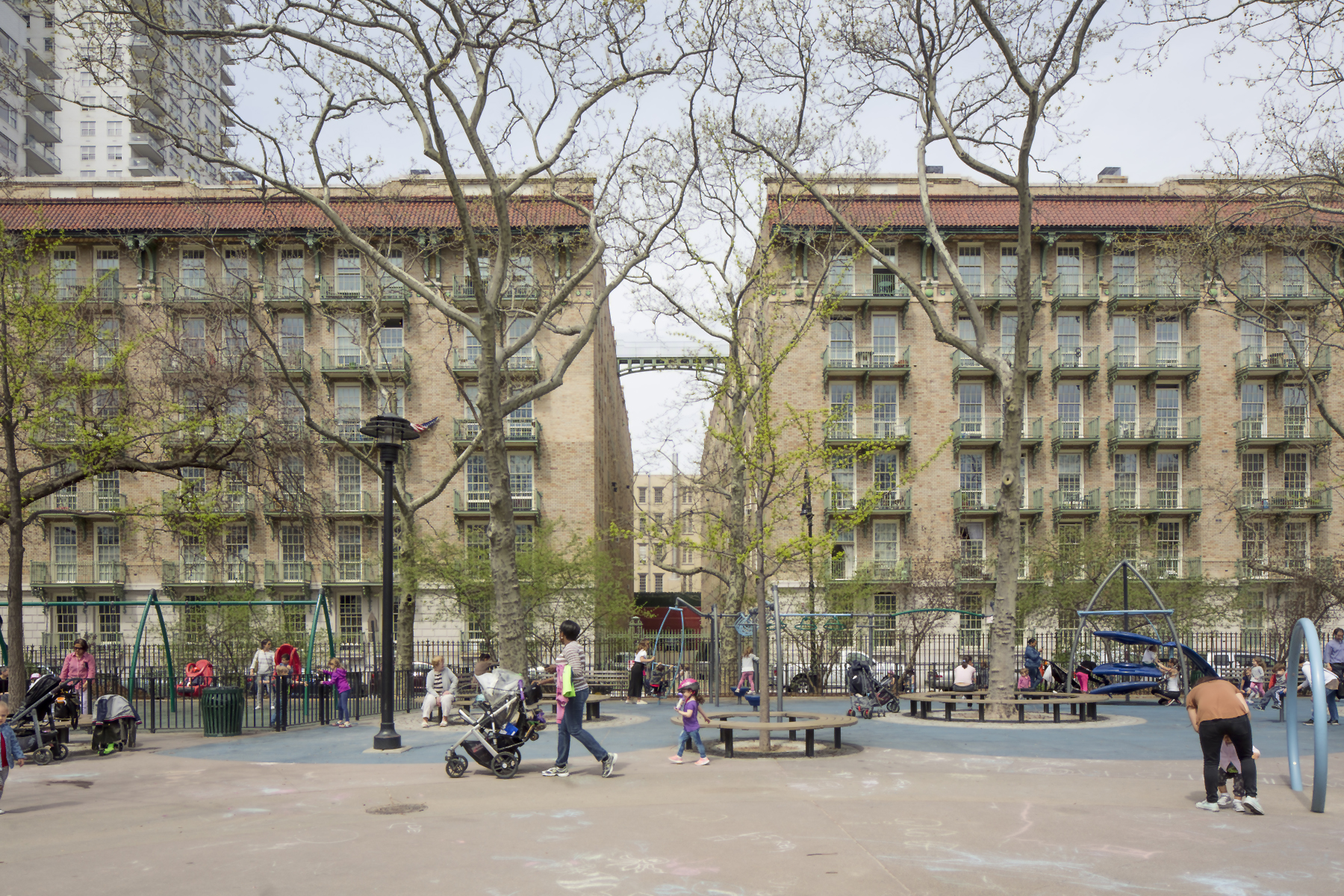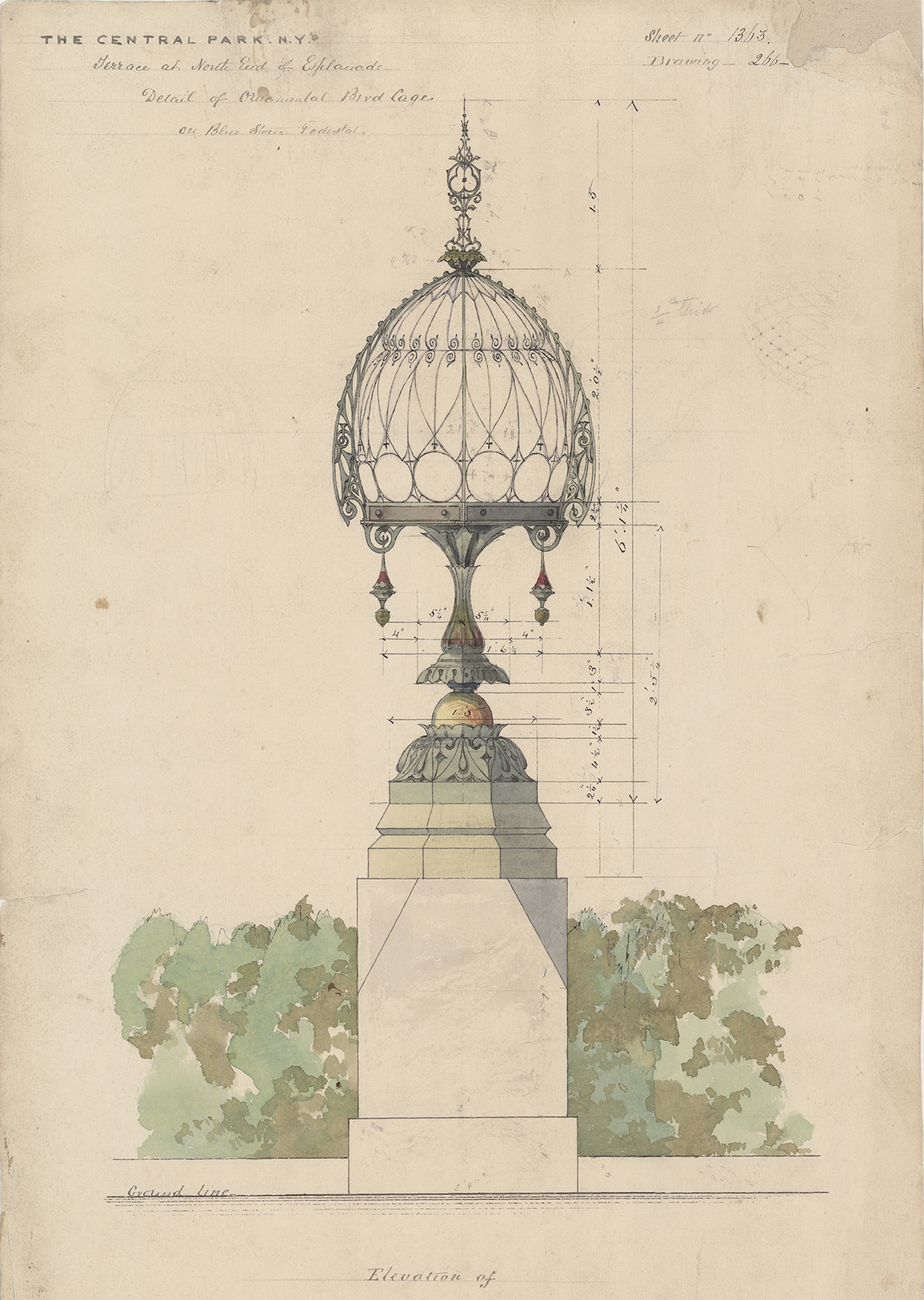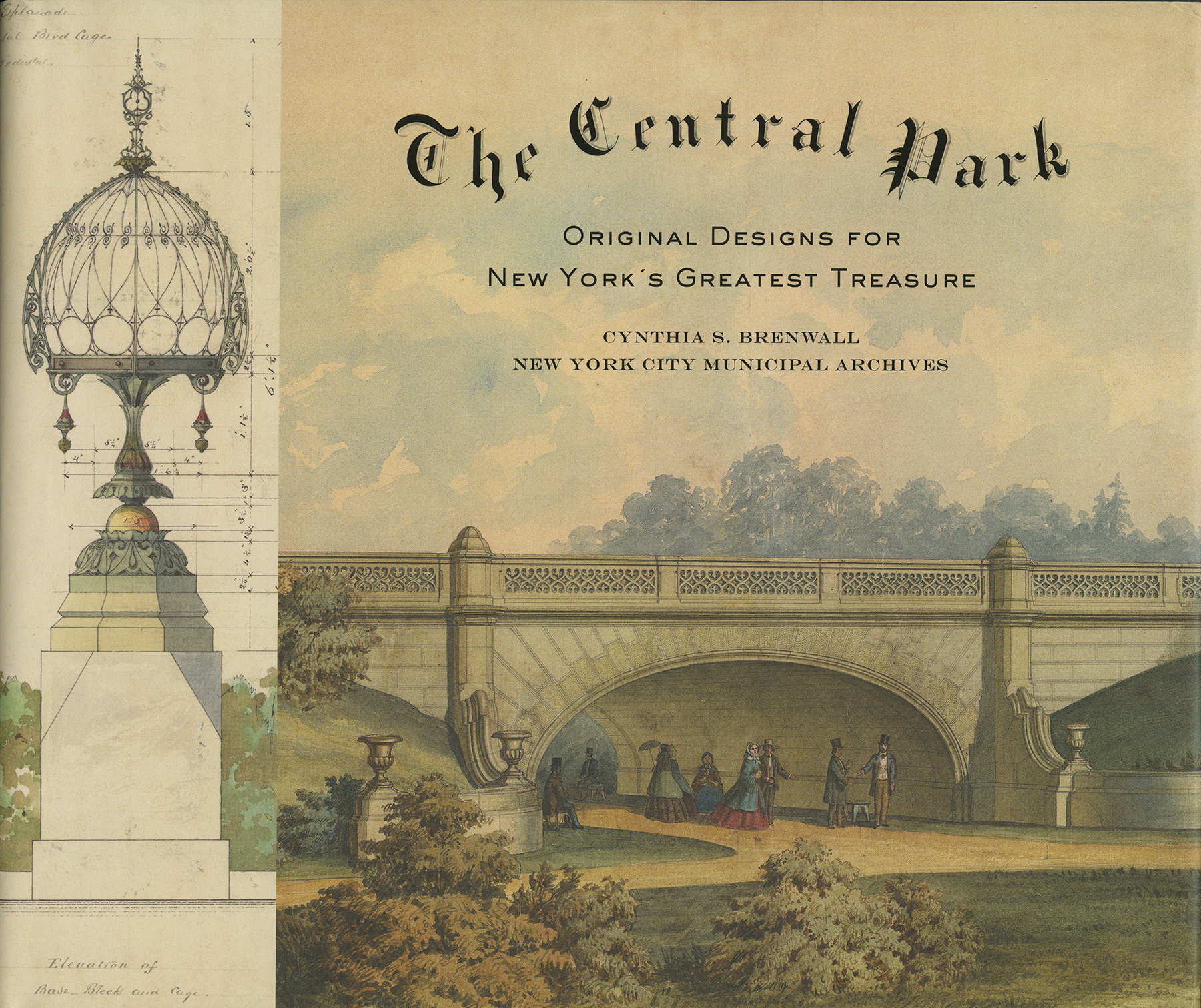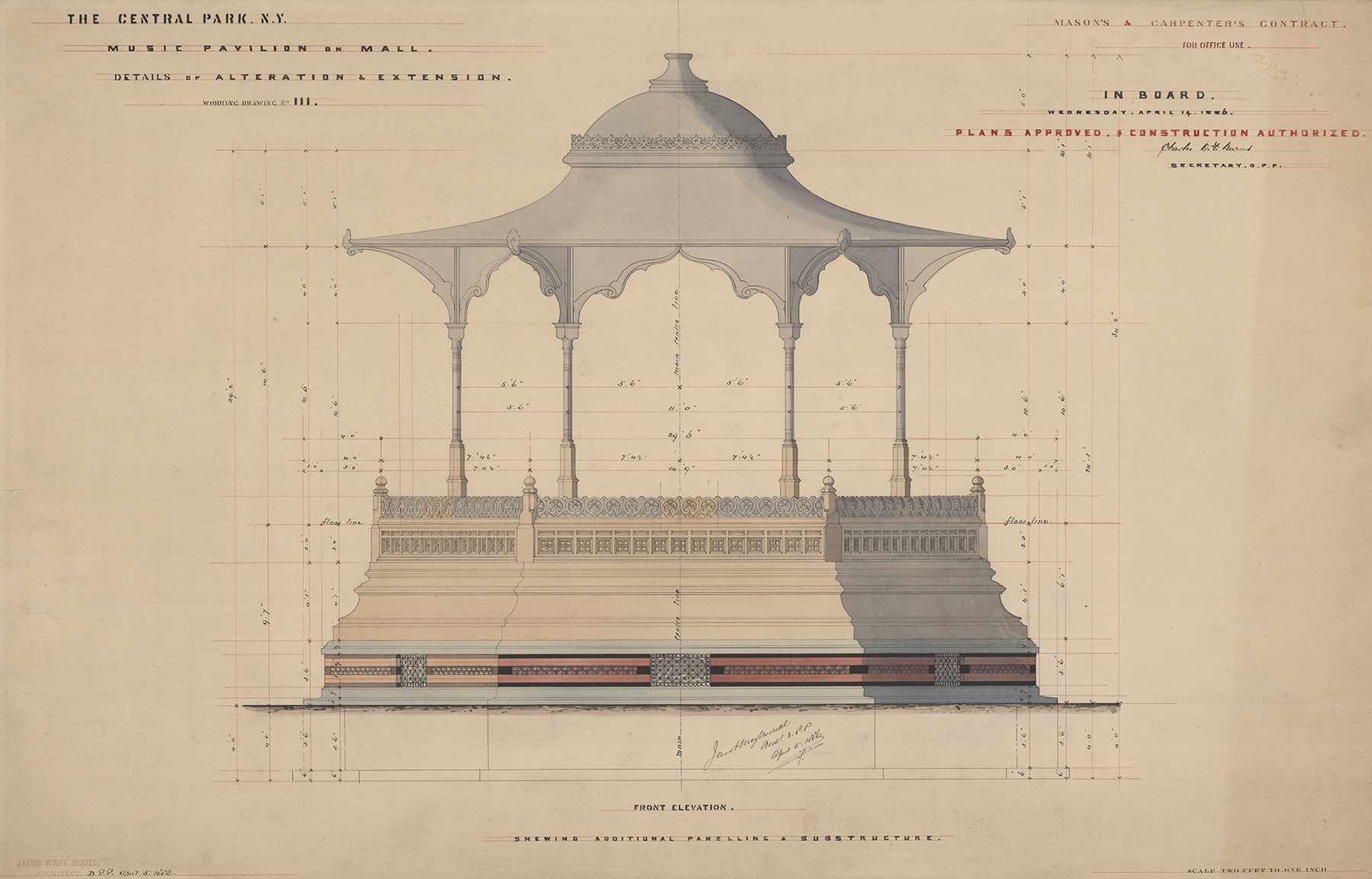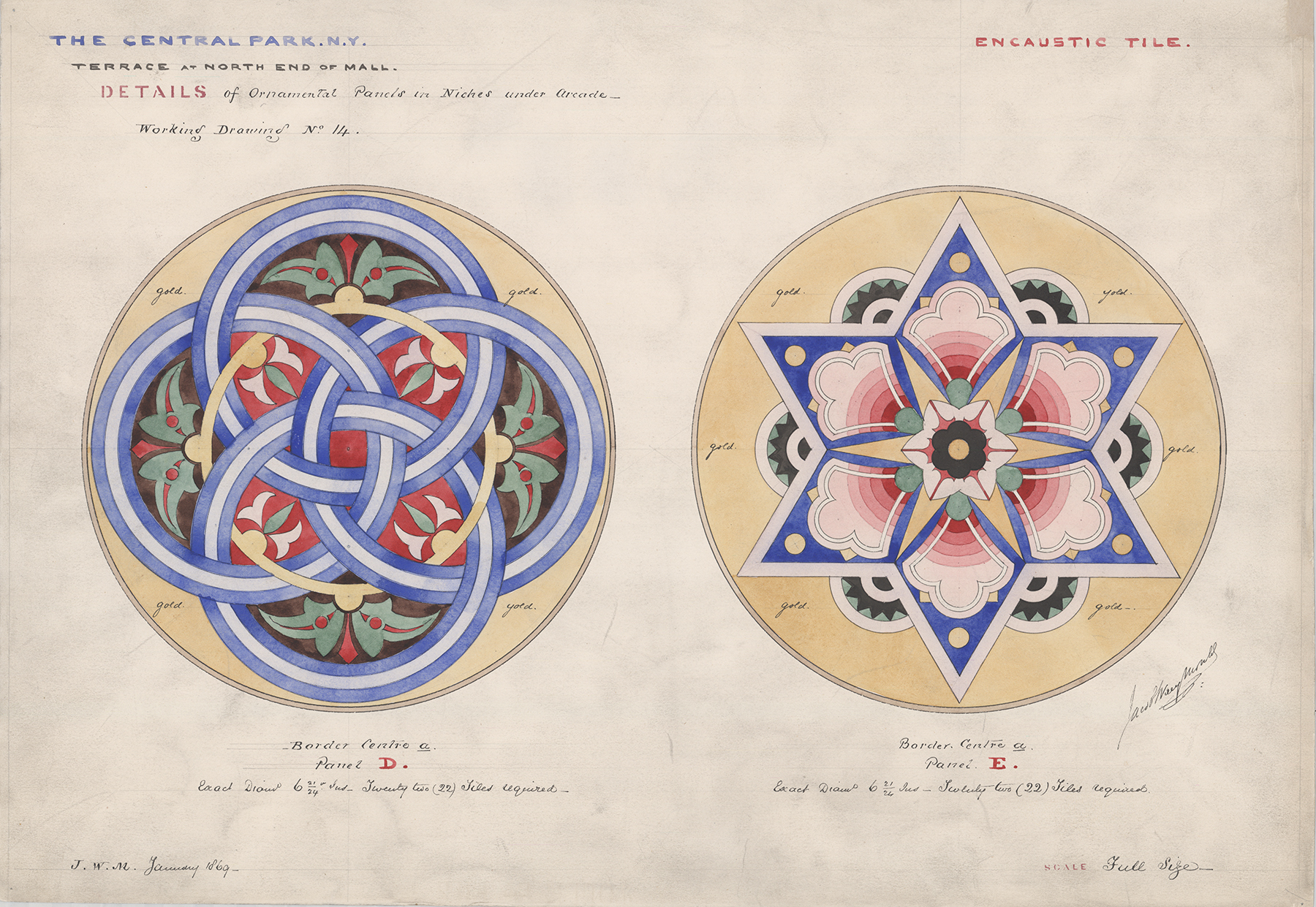Perhaps more than any time in recent memory, the profound disruption of urban life caused by the pandemic has reinforced the value of open space in our dense communities. With nowhere else to go, open spaces of all kinds have been a salve for the mind and for the soul, in addition to serving as welcome places for movement and recreation.
From Carl Schurz Park to St. Catherine’s Park, and from the East River Esplanade to Central Park, and from the residential plazas known as POPS (privately owned public spaces) that abound on the Upper East Side, and even to the green spaces along the Park Avenue median, the events of the last several months have highlighted the indispensable nature of green spaces and parks, both the traditional and the unconventional.
As our city finds its footing in adapting public spaces to conform to the parameters of our new normal, we look to two projects from last year that shed light on the development and origins of our most iconic green space, Central Park. In this final installment of our series to celebrate FRIENDS’ 2020 Annual Award recipients, we look to Belvedere Castle, recipient of the Restoration Award, and winner of the Publication Award, The Central Park: Original Designs for New York’s Greatest Treasure, by Cynthia S. Brenwall.

Map of Central Park, c. 1875. The Central Park: Original Designs for New York’s Greatest Treasure
The Central Park: Original Designs for New York’s Greatest Treasure
Brenwall’s book pairs the City’s remarkable collection of original drawings for park features large and small (from complete buildings to intricate, technical drawings for tree grates) with a detailed historical account of the park’s creation. Many of the 250+ color photos, maps, plans, elevations, and designs were published for the first time in this volume, and reveal the meticulous attention to detail by Olmsted, Vaux, and the many other players discussed in the book, that went into planning Central Park.
Belvedere Castle
One of the park’s most dramatic focal points, Belvedere Castle, underwent a comprehensive restoration undertaken by the Central Park Conservancy. Conceived as an architectural folly in original plans for the park, the castle had fallen into disrepair following its use as a weather station until the 1960s. In 2019, the Conservancy restored the structure, including rebuilding an ornate slate-roofed wooden tower pavilion. A dive into the archival sources used for Belvedere Castle and those included in Brenwall’s book is truly a delight for the senses…
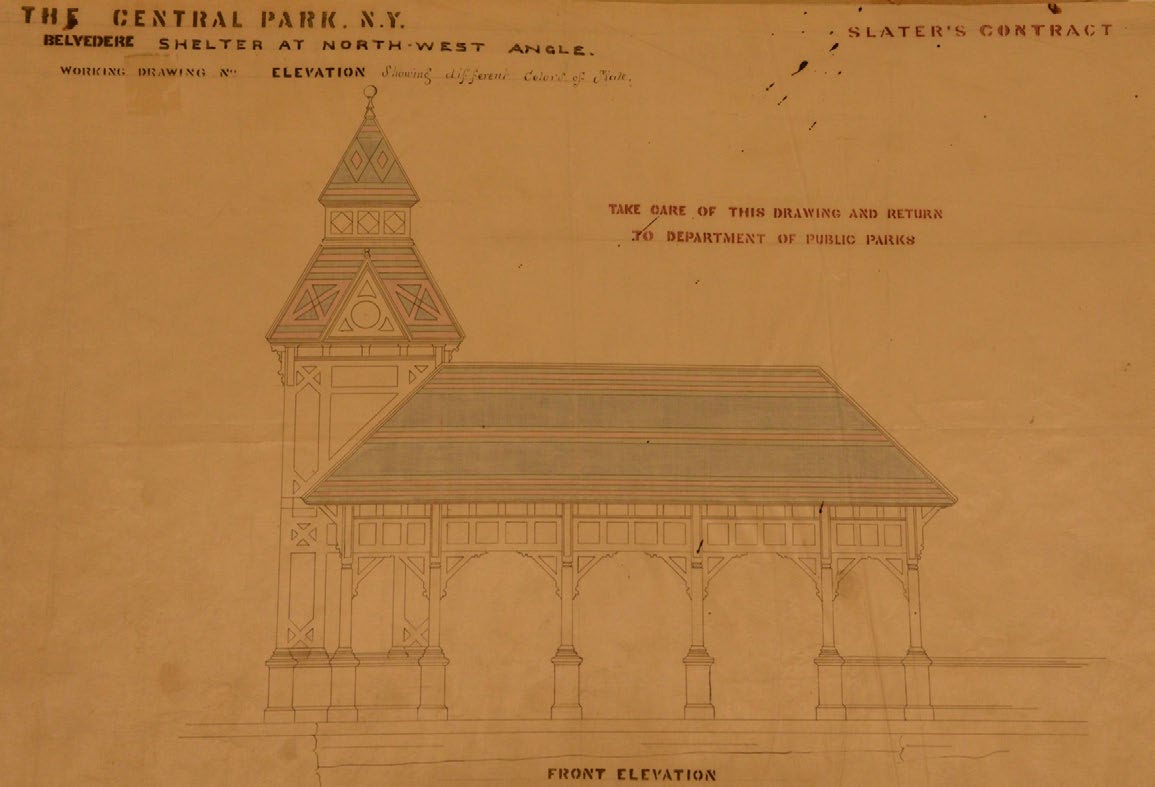
Belvedere Castle Elevation. Central Park Conservancy
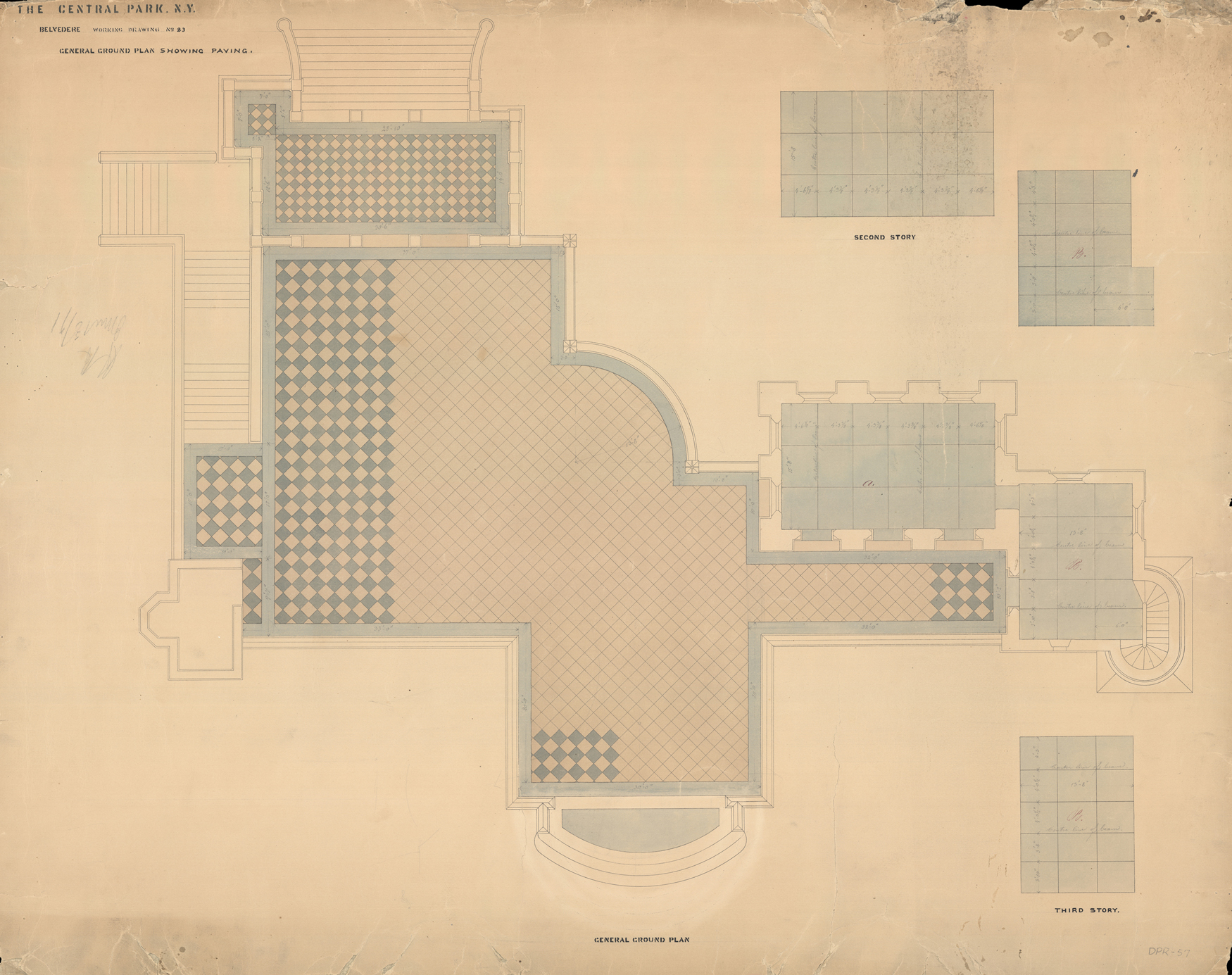
Belvedere Castle Bluestone Pavement. Central Park Conservancy
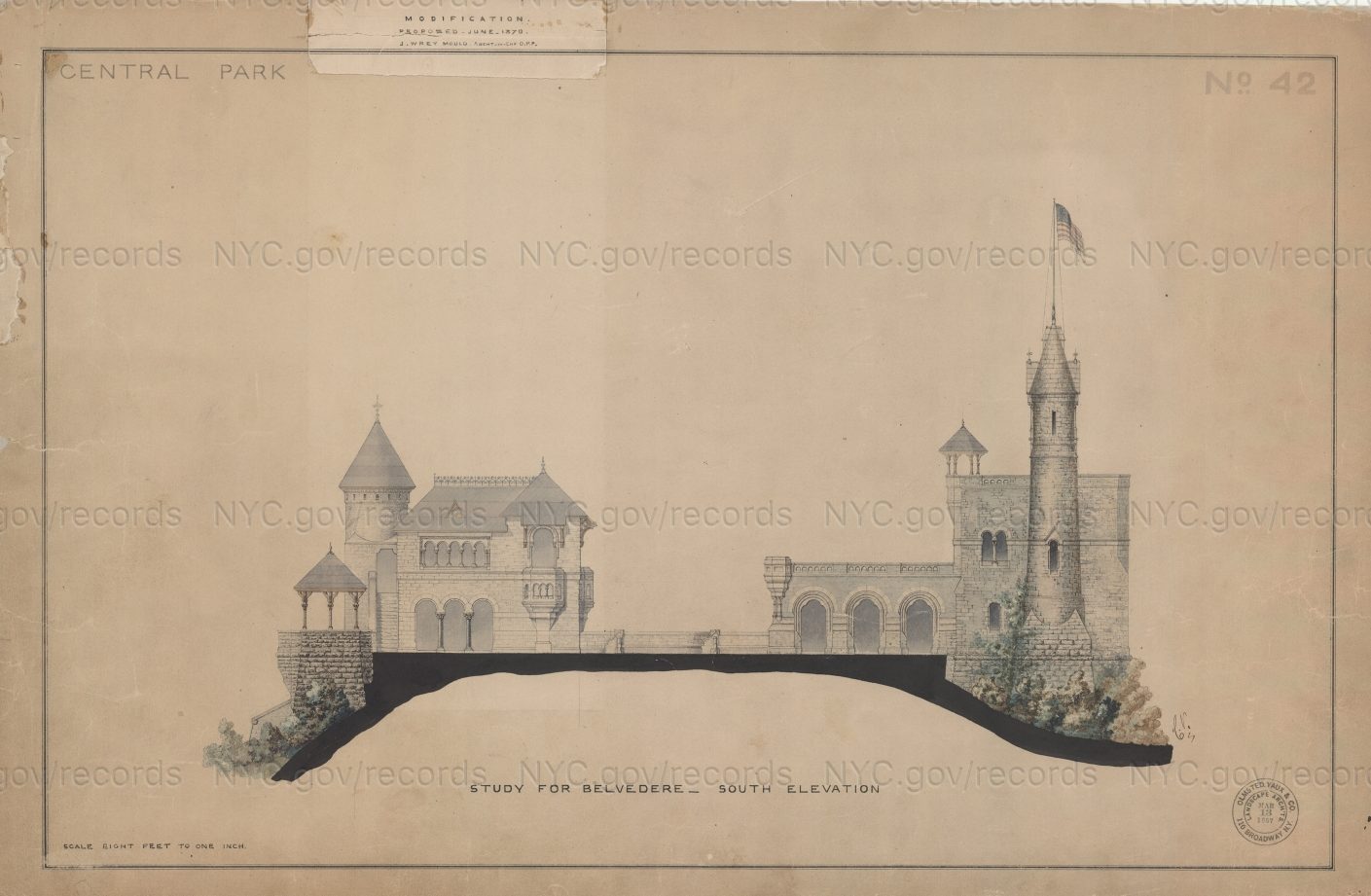
Belvedere Castle South Elevation. NYC Department of Records
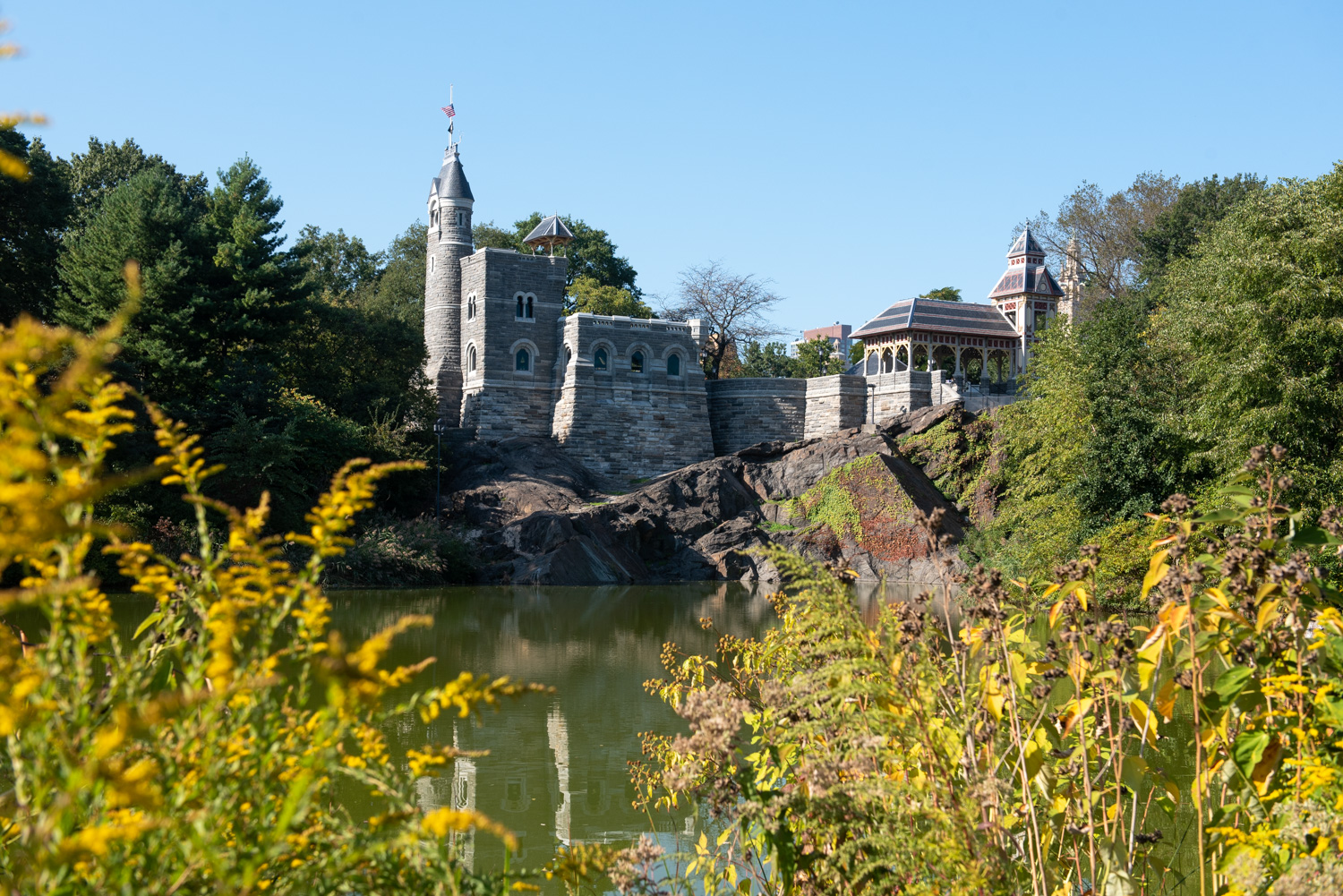
Belvedere Castle. Central Park Conservancy

Belvedere Castle. Central Park Conservancy
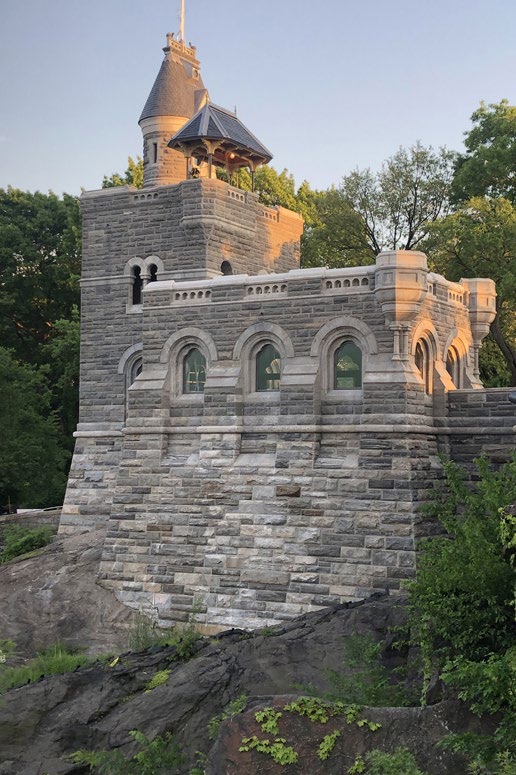
Belvedere Castle. Central Park Conservancy



